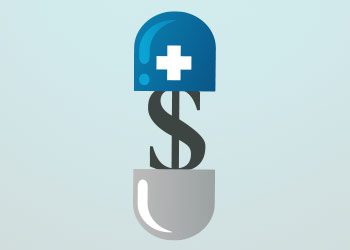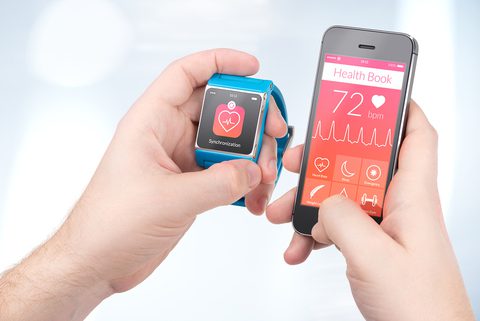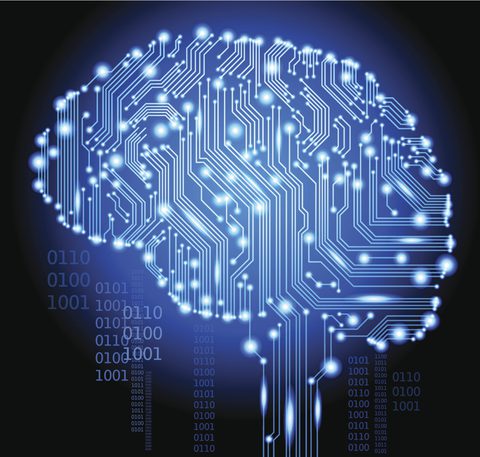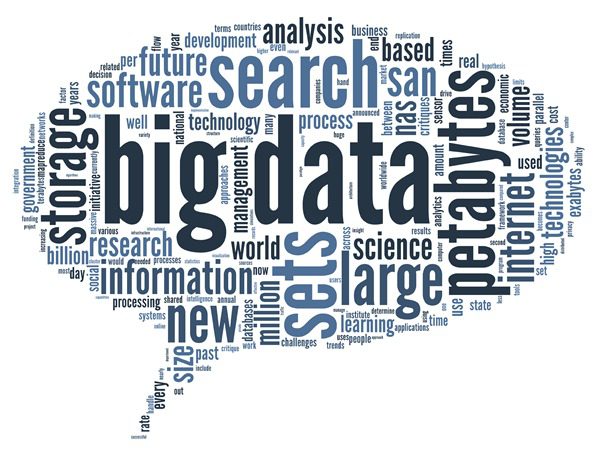Just a few years ago, Big Data and the Internet of Things (IoT) were terms generally unheard of. In 2016 they are set to revolutionise technology and the ways in which we acquire and process data, but what do they mean for the healthcare industry?
Xenon Health describe IoT as ‘a phenomenon through which the operational aspects of the physical world become increasingly integrated with digital platforms, enabling information to move seamlessly toward the computational resources that are able to make sense of it.’
Essentially, IoT goes hand-in-hand with the ‘mobile age’ and the diversity of data that is currently being retrieved from agile and mobile locations.
Big Data is a related concept – it addresses the ever-increasing amounts of data that are created every second of every day and recognises that these figures will only continue to grow. Domo provide a useful infographic that explains the ‘social media minute’: every single minute, for example, 277,000 tweets are sent, Whatsapp users share 347,222 photos and Google receives over 4,000,000 search queries!
These figures are remarkable even for those of us caught up in the social media hype, and most shocking of all is the realisation that the global internet population now represents 2.4 billion people. That’s a lot of people creating a lot of data – the question now is how we can utilise this data in a meaningful way.
IoT has revolutionised many industries and will continue to do so in the foreseeable future, but what about healthcare? Organisations within this industry tend to adopt new technologies slowly, relying upon solid evidence and demonstrable impact and efficiency before committing to any such change. The shift towards IoT is, however, beginning to take place, and increasing amounts of available patient data are beginning to inform decision making processes within this sector.
What will this mean for the future of our health?
1. Prevent (Rather than Cure) Illness
 This change in attitude towards the way patients are managed has been making national headlines for the past couple of years, particularly with the implementation of Simon Stevens’ Five Year Forward View for the NHS in England which hopes to reduce preventable cases of illness such as diabetes and cancer before they become incurable.
This change in attitude towards the way patients are managed has been making national headlines for the past couple of years, particularly with the implementation of Simon Stevens’ Five Year Forward View for the NHS in England which hopes to reduce preventable cases of illness such as diabetes and cancer before they become incurable.
According to Forbes, the power to access and analyse enormous data sets ‘can improve our ability to anticipate and treat illnesses. This data can help recognise individuals who are at risk for serious health problems. The ability to use big data to identify waste in the healthcare system can also lower the cost of healthcare across the board.’
This is relevant not just in the US, where the costs of healthcare are a constant source of contention, but also in the UK where the NHS is under strict financial pressures. If we can reduce the number of patients admitted to hospital, the costs spent on these admissions will be directly reduced and the money can be spent where it’s most urgently needed.
On top of these immediate, local benefits, the rise of Big Data in healthcare organisations can be used to ‘predict epidemics, cure disease, improve quality of life and avoid preventable deaths. With the world’s population increasing and everyone living longer, models of treatment delivery are rapidly changing, and many of the decisions behind those changes are being driven by data.’
The big push for healthcare organisations will be to understand as much about their patients as possible in order to be warned of any impending symptoms or hereditary factors that could result in serious illness. If armed with enough data, as will be possible in the near future, warning signs of serious illness can be seen early enough that treatment is more simple if not altogether avoidable.
2. Wearable Devices
 So we’ve established that prevention is better than cure and that Big Data will allow health professionals to make more informed decisions regarding our well-being, but what about IoT?
So we’ve established that prevention is better than cure and that Big Data will allow health professionals to make more informed decisions regarding our well-being, but what about IoT?
For years there have been thousands of apps that allow us to measure the steps we take and count the calories we consume. For the health-conscious, tech-savvy individuals, the recent explosion of ‘wearable devices’ on the market means that there are even more ways to track our health and diet.
Devices such as the Fitbit are particularly useful as they utilise the IoT, allowing you to track your individual progress as well as upload your data to be measured alongside others’.
According to Forbes, this collection and collation of data ‘enables sophisticated predictive modelling to take place – a doctor will be able to assess the likely result of whichever treatment he or she is considering prescribing, backed up by the data from other patients with the same condition, genetic factors and lifestyle.’
As most of us make decisions about our health outside of a medical setting, however, these wearable devices are particularly useful. The data they record can inform us about the healthiness of our lifestyle choices and potentially help us to avoid preventable medical conditions – we can see whether we are doing enough exercise, measure our heartrate and see whether we are eating too much sugar, valuable information to help us become the healthiest possible versions of ourselves.
3. Telemedicine and Digital GP Appointments
 The final way in which these concepts can improve our health is through ‘telemedicine,’ a buzzword emerging alongside Big Data and IoT. The term refers to the process of receiving medicinal help and treatments outside of a medical environment, usually within a patient’s own home and with the assistance of a device connected to the internet. The phrase even encompasses self-diagnosis through websites such as NHS Choices and Web MD, but is set to increasingly involve one-on-one services with qualified professionals.
The final way in which these concepts can improve our health is through ‘telemedicine,’ a buzzword emerging alongside Big Data and IoT. The term refers to the process of receiving medicinal help and treatments outside of a medical environment, usually within a patient’s own home and with the assistance of a device connected to the internet. The phrase even encompasses self-diagnosis through websites such as NHS Choices and Web MD, but is set to increasingly involve one-on-one services with qualified professionals.
On this topic we must also consider IBM’s artificially intelligent supercomputer, ‘Watson’. After earning the title of ‘world Jeopardy champion’, Watson is now being considered a medical genius and is petitioning to be regarded as the ‘best doctor in the world.’ The supercomputer is already capable of storing much more information than doctors and making emotionless, unbiased decisions based on fact and evidence alone.
According to Business Insider, Watson is capable of understanding natural language, generating hypotheses, and of learning – that is, not just storing data but finding meaning from it. And that’s really the whole point of Big Data: not just collecting it on a mass scale but using it to derive meaning.
The quality and immediacy of care provided to every patient could be revolutionised if everyone was given access to their own personal ‘Watson.’
Are there any potential risks?
As you’d expect, a certain amount of caution is needed before we can sing the praises of these revolutionary concepts. If all of our personal health data is interconnected and more easily accessible, what does that mean for our privacy? As systems become more connected, there is potentially an increased risk of vulnerabilities within the storage vessels holding our data – how do we know that it’s safe?
The staged Fitbit hacking of last year serves as a perfect, if disconcerting, example of the potential exposure of our sensitive data. The hack made use of the open Bluetooth connection of the device – according to researchers, an attacker could send malware to a Fitbit nearby at a Bluetooth distance (worryingly small!), which could then be transferred to any computer the device came into contact with. Fitbit denied that the reported security faults were an issue, but we are still left questioning the safety of our personal data.
It has been recognised that, if not convincingly addressed, ‘these privacy and security risks may undermine consumer and business confidence in IoT in health care, slowing patient and provider adoption of the technology.’ A potential solution is to define standards for interoperability as a nation: techUK have already begun an initiative set to do just this by introducing their Interoperability Charter for companies involved in healthcare data to sign, ensuring that there are clear responsibilities for players in the ecosystem. Adhering to one particular standard will help ensure that devices within a network can communicate and work together both safely and effectively.
The amount of data produced globally is ten times greater than it was in 2009 and is predicted to increase annually by 4300% by 2020. Demographics are gradually changing – an aging Baby Boomer generation will drive market growth for technologies such as motion sensors that allow them to manage their conditions and age within their own homes. The Millennials will follow in their wake with their own demands on technology. Big Data and the Internet of Things are set to increase in importance but will have to respond quickly and efficiently to the changing needs of its users.

